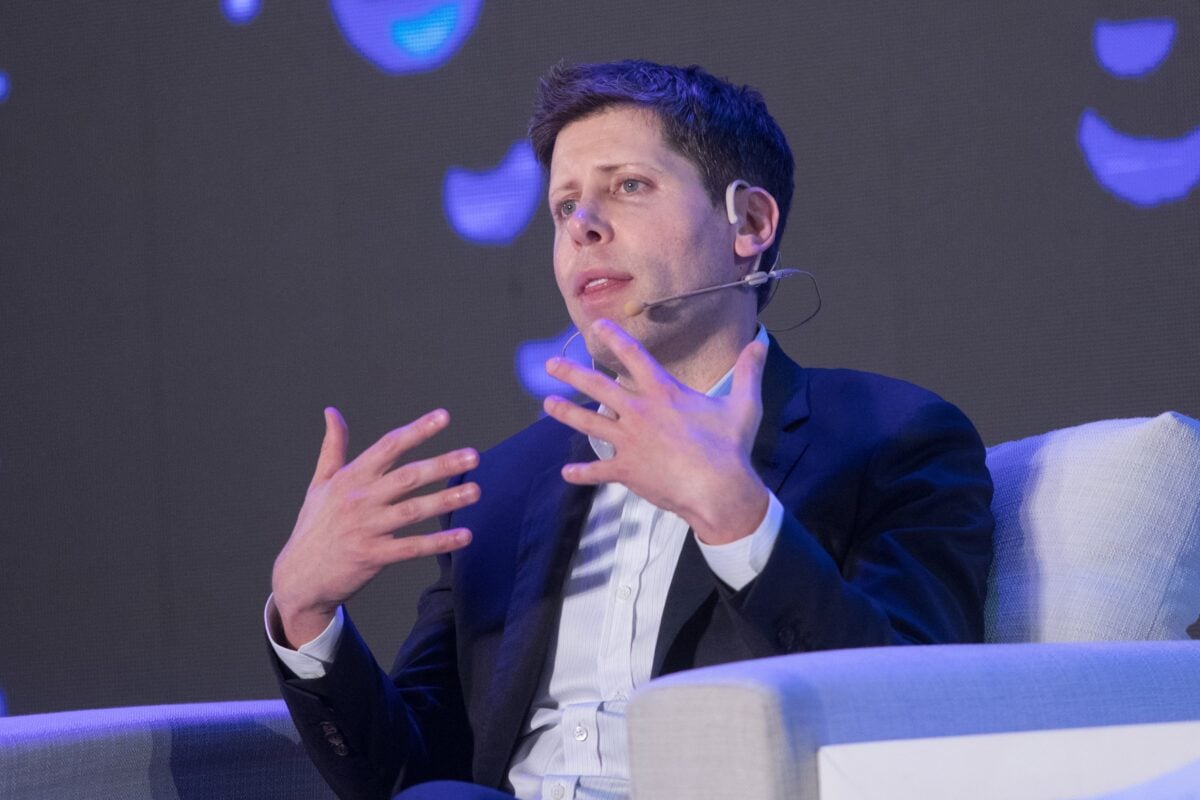TLDRs;
Contents
- Top AI talent remains scarce, and Meta’s billion-dollar hiring spree is drawing scrutiny from industry insiders.
- Helen Toner, formerly of OpenAI, warned that internal dysfunction may hinder Meta’s ambitious AI goals.
- Sky-high compensation alone is proving insufficient to attract elite researchers who value culture, autonomy, and mission.
- The global AI landscape is shifting rapidly, with Chinese firms mounting serious challenges to U.S. tech giants.
Meta’s bold push to dominate the artificial intelligence race is facing doubt from inside the AI world.
Helen Toner, a former OpenAI board member and director of strategy at Georgetown University’s Center for Security and Emerging Technology, has publicly questioned whether Meta’s aggressive hiring campaign will yield the results it hopes for.
Despite offering compensation packages that rival the biggest contracts in professional sports, Toner says deeper problems may stand in the way of success.
In a recent interview, Toner told Bloomberg TV that Meta’s strategy of luring top AI researchers with multimillion-dollar offers won’t be enough to guarantee breakthroughs.
“It’ll be difficult; there’s a lot of organizational politics at play,” she cautioned.
Her comments come amid Meta’s formation of its Superintelligence group, an ambitious division focused on building the next wave of AI models capable of outperforming current systems. The company has reportedly poached several high-profile engineers from rivals, including OpenAI, to fuel the effort.
Meta’s compensation raises questions
Meta’s offers of up to $300 million over four years for AI researchers are unlike anything the tech industry has seen before. These packages include substantial equity and accelerated vesting schedules that rival not just tech compensation norms, but even high-profile athletic contracts. For comparison, NFL star Patrick Mahomes’ decade-long deal is worth $450 million, making Meta’s AI deals more lucrative on a yearly basis.
The eye-watering salaries reflect the tech world’s urgency to secure rare AI talent capable of building frontier models. With only a handful of researchers worldwide possessing the skills to work at this level, companies are treating talent acquisition like strategic mergers rather than traditional hiring. Yet Toner’s warning suggests that throwing money at the problem may backfire if the internal environment is not conducive to innovation.
Talent flow shaped by more than money
Despite the record-breaking salaries, Meta has reportedly struggled to attract some top-tier researchers. Many candidates, Toner explained, are prioritizing other factors such as team culture, research freedom, and company vision. “Engineers are thinking long term,” she suggested, noting that organizational dysfunction and a lack of autonomy can push talent elsewhere, regardless of pay.
Meta’s AI credentials have also come under scrutiny. Its Llama models, though widely used, have failed to match the performance of leading systems like GPT-4 or Claude. This performance gap, combined with its internal politics, may be undermining Meta’s appeal as a research destination. Toner’s remarks echo past trends where innovation hubs like Bell Labs or early Google thrived not by overpaying, but by fostering unique research cultures.
Global competition adds new challenges
Toner also pointed to the rising threat of global competition, particularly from China. Firms like Alibaba and DeepSeek are producing increasingly competitive AI tools, often focused on customization, cost efficiency, and access rather than just raw power. These offerings are gaining international traction, appealing to users outside traditional U.S. markets.
As AI development becomes a truly global race, companies like Meta are being forced to compete on multiple fronts. Winning talent now requires more than just beating Silicon Valley rivals,it means contending with international firms, shifting researcher preferences, and a complex web of geopolitical considerations.


